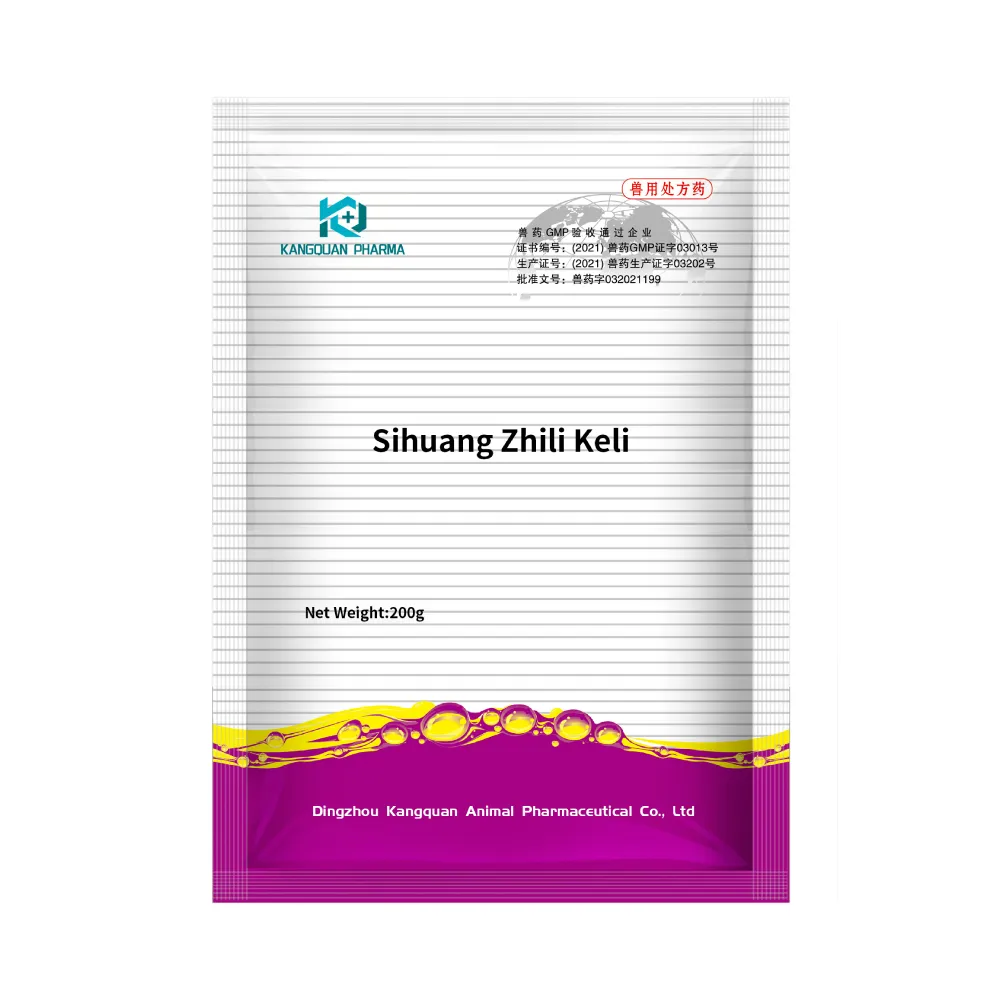- Afrikaans
- Albanian
- Amharic
- Arabic
- Armenian
- Azerbaijani
- Basque
- Belarusian
- Bengali
- Bosnian
- Bulgarian
- Catalan
- Cebuano
- Corsican
- Croatian
- Czech
- Danish
- Dutch
- English
- Esperanto
- Estonian
- Finnish
- French
- Frisian
- Galician
- Georgian
- German
- Greek
- Gujarati
- Haitian Creole
- hausa
- hawaiian
- Hebrew
- Hindi
- Miao
- Hungarian
- Icelandic
- igbo
- Indonesian
- irish
- Italian
- Japanese
- Javanese
- Kannada
- kazakh
- Khmer
- Rwandese
- Korean
- Kurdish
- Kyrgyz
- Lao
- Latin
- Latvian
- Lithuanian
- Luxembourgish
- Macedonian
- Malgashi
- Malay
- Malayalam
- Maltese
- Maori
- Marathi
- Mongolian
- Myanmar
- Nepali
- Norwegian
- Norwegian
- Occitan
- Pashto
- Persian
- Polish
- Portuguese
- Punjabi
- Romanian
- Russian
- Samoan
- Scottish Gaelic
- Serbian
- Sesotho
- Shona
- Sindhi
- Sinhala
- Slovak
- Slovenian
- Somali
- Spanish
- Sundanese
- Swahili
- Swedish
- Tagalog
- Tajik
- Tamil
- Tatar
- Telugu
- Thai
- Turkish
- Turkmen
- Ukrainian
- Urdu
- Uighur
- Uzbek
- Vietnamese
- Welsh
- Bantu
- Yiddish
- Yoruba
- Zulu
Nov . 23, 2024 23:10 Back to list
disinfection of poultry house
Disinfection of Poultry Houses Ensuring Health and Biosecurity
The poultry industry plays a vital role in global food supply, making the health and well-being of chickens essential. One of the most effective ways to maintain healthy poultry is through proper disinfection of poultry houses. This practice not only helps to prevent the spread of infectious diseases but also enhances overall biosecurity measures.
The primary goal of disinfection is to eliminate pathogens, including bacteria, viruses, and parasites that can adversely affect the health of poultry. Contaminated environments can lead to outbreaks of diseases such as Newcastle disease, avian influenza, and Salmonella. These diseases not only threaten the lives of the birds but also result in significant economic losses for farmers. Therefore, regular and thorough disinfection of poultry houses is imperative.
The disinfection process typically begins with a comprehensive cleaning procedure. First, all organic matter, such as droppings, bedding, and feed remnants, must be removed. This is crucial because organic material can shield pathogens from disinfectants, hindering their effectiveness. After cleaning, the surfaces within the poultry house, including floors, walls, equipment, and feeders, should be washed to ensure they are free of dirt and debris.
disinfection of poultry house

Once the cleaning phase is completed, the next step involves the application of appropriate disinfectants. There are various types of disinfectants available, including quaternary ammonium compounds, hydrogen peroxide, and sodium hypochlorite. Each disinfectant has its specific properties and effectiveness against different types of pathogens. It is vital to choose a product that is effective against the anticipated diseases and approved for use in food-producing animals.
The application should be done according to the manufacturer’s instructions, ensuring that the surfaces remain wet for the recommended contact time to maximize pathogen elimination. After disinfection, the poultry house must be thoroughly rinsed, if necessary, to remove any chemical residues, ensuring a safe environment for the birds.
Moreover, timing is crucial when it comes to disinfection. Conducting this process during specific periods, such as before the introduction of new flocks or after an outbreak of disease, significantly enhances biosecurity measures. Additionally, routine disinfection should be scheduled regularly to maintain a consistently safe environment for the birds.
In summary, the disinfection of poultry houses is a critical practice that significantly contributes to the health and productivity of chickens. By systematically cleaning and disinfecting these environments, poultry farmers can reduce the risk of disease outbreaks and ensure the well-being of their flocks. As biosecurity remains a top priority in the poultry industry, implementing effective disinfection protocols is essential for the sustainability and success of poultry production.
-
Guide to Oxytetracycline Injection
NewsMar.27,2025
-
Guide to Colistin Sulphate
NewsMar.27,2025
-
Gentamicin Sulfate: Uses, Price, And Key Information
NewsMar.27,2025
-
Enrofloxacin Injection: Uses, Price, And Supplier Information
NewsMar.27,2025
-
Dexamethasone Sodium Phosphate Injection: Uses, Price, And Key Information
NewsMar.27,2025
-
Albendazole Tablet: Uses, Dosage, Cost, And Key Information
NewsMar.27,2025













